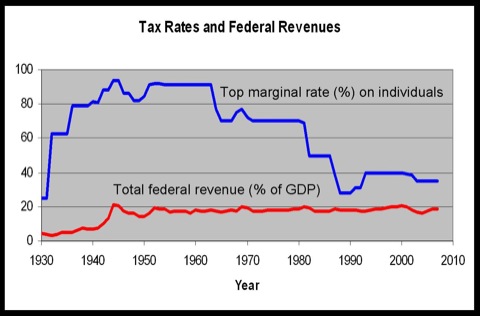The Economist published an article claiming that traffic is worse in the United States than Europe and lamenting that the U.S. was not building high-speed rail. Wendell Cox responds with a data-filled article basically showing that everything The Economist said was wrong.
John Charles of the Cascade Policy Institute just published Light Rail, Streetcars & the Myth of “High Capacity Transit,” showing that light-rail has a market share of about 2 percent of travel to so-called transit-oriented shopping areas along Portland light-rail lines and a 20 percent market share to major events such as Trailblazer basketball games and other major events. Curiously, despite the title, he never actually compares light-rail capacities with bus capacities. “Light rail” is not short for “light-weight rail” but “light-capacity rail”; a bus lane can move far more people per hour than a light-rail line, which is why light rail makes no sense anywhere in the world unless your goal is to waste a lot of money.
This is especially true in Portland where short blocks limit trains to just two cars. Moreover, four Portland light-rail lines–to North Portland, the airport, Gresham, and Clackamas–must all cross the Steel Bridge, which can only handle 30 trains an hour each way. That means most of these lines will get just eight trains an hour; at 300 people per train, that’s just 2,400 people per hour. A bus lane can move ten times that many people (600 buses per hour times 40 people per bus) without even requiring any of the passengers to stand in the aisles.









